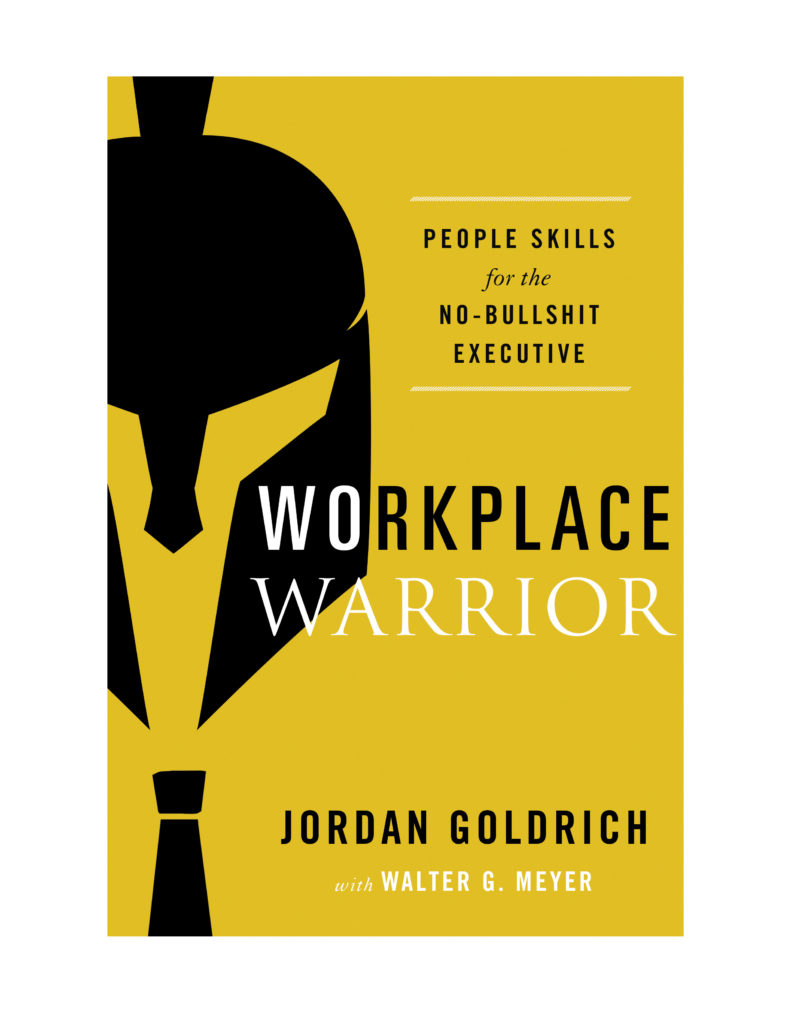
Are you a leader who has been called abrasive, aggressive, or even a bully? This book is written for—rather than about—you.
You have probably noticed that many, if not most authors and speakers who deal with this subject refer to leaders like you with demeaning names, because they think you need to be more respectful. Jordan Goldrich challenges this irony—or perhaps hypocrisy—by recognizing that, in reality, you possess a warrior spirit that is crucial to the success of organizations in our current VUCA environment (volatility, uncertainty, complexity, and ambiguity).
Goldrich acknowledges that (just like himself) these leaders are imperfect human beings whose leadership or communication styles can sometimes create a negative impact. But he also acknowledges an important truth—that they bring unique value to the workplace and to society.
His challenge to you, in this book, is to become a better leader by measuring yourself against the greatest warriors on the planet: the Navy SEALs, the Green Berets, and the rest of the special operations community—because you have something in common with them. Like you, these heroes have an uncommon desire to succeed, are committed to taking charge, and are focused on accomplishing the mission. In addition, they commit to humbly serve and to place the welfare and security of others before their own. Goldrich shows you how to do the same.
Some of the author’s advice revolves around the clever use of the phrase, “The Least You Can Do.” If you are interested in doing the least you can do to be both authentic and protect yourself in a politically correct, over-protective world, you will find what you need in Workplace Warrior. If, on the other hand, you want to do the least you can do in the sense that it is the right thing to do, you will find resources to authentically take your leadership to a higher level.
Human resources executives, executive coaches, and people who work with and for leaders labeled as abrasive or bullies will find a unique perspective on these leaders’ motivations and mind—and will then be able to do their part in building collaborative relationships with their colleagues.